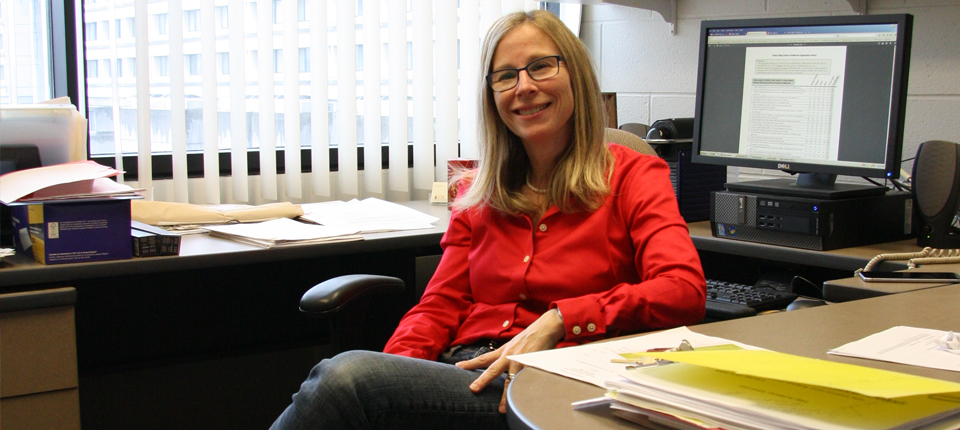What aspects of the organization and management of healthcare can we change to improve patient safety?
Liane Ginsburg strives to understand and advance the culture of safety in healthcare organizations, with the ultimate goal of improving care and safety for patients. Her work looks beyond what occurs at the point of care to also consider a broader system perspective about how healthcare is organized, structured, and funded – and the effect this can have on patient safety.
Inspiration
I have a desire to see improvement in the healthcare system. It’s increasingly clear that healthcare is a complex industry, with complex patients, hierarchies, and complex dynamics that affect how people in organizations interact. There are so many opportunities for things to go wrong, and for patients to be harmed. I’m interested in research that can identify which safeguards to put into place and how to prioritize safety in healthcare delivery.
Impact
My research includes several methodologies but relies a lot on surveys. These surveys allow organizations and individual care units to assess their own safety cultures and their safety learning behaviours. The surveys ultimately help answer the questions: To what extent is patient safety a priority in comparison to productivity, the bottom line, or other concerns in healthcare organizations? Are we doing what we can and should be doing in order to learn from our patient safety failures?
Speaking up about safety is a difficult thing to do for care providers and for patients. This is what leads me to try to create cultures that support speaking up.
The end results have interesting implications. Organizations want to know their score – e.g. what is their level of safety culture – and that can be informative. But we are also beginning to look at the variation around safety climate scores. For example, do most staff agree about the extent to which there is leadership for safety or are those perceptions more spread out? When there is agreement, it implies that staff have clear expectations about what to do, when to do it, and how to behave to ensure patient safety. When you don’t have agreement, this may underscore the need to strengthen leadership for patient safety in an organization.
Highlight
Our survey to measure patient safety culture in healthcare settings was adapted from an American instrument about 12 years ago. It has gone through a lot of revisions and is now is a useful tool for Canadian healthcare organizations to take the pulse of their members around safety. The survey was picked up several years ago by Accreditation Canada and is now a required part of the accreditation process for hospitals, nursing homes and community-based agencies.
Another recent highlight of my research examines patient safety in health professional education. Our initial survey work with new graduates indicated the need for greater attention to safety in health professional education. From there we turned to look at patient safety competency among health professional trainees. Competency of medical students tends to be assessed using standardized patients in Objective Structured Clinical Exams (OSCEs). In an OSCE, an actor is given a script and presents certain symptoms. The student has to take a history, discover the problem, and suggest a treatment plan. In 2013 we designed and piloted a patient safety OSCE that specifically targets patient safety behaviours such as culture, communication and teamwork. This is one of the few efforts to embed patient safety into health professional education and assessment. To the extent that assessment drives what is taught, this is an important piece of work. The Medical Council of Canada participated in this work and is undertaking development of OSCE stations with patient safety content.
What’s Next?
I continue to examine various aspect of patient safety climate. I am also interested in pursuing the safety OSCE work with a broad group of health professional students including nursing, pharmacy, and Occupational Therapy/Physiotherapy. To date, the OSCE has only been tested in an academic environment. We’ve already had requests to implement it into the fourth-year medical exams at the institution that piloted it in Toronto.


